By 1982, the Kanata Registry, with 1,017 ponies, had passed the magic number required for breed status (although that requirement had not been applied to the CPOA). A Certificate of Recognition was received in January of 1983, making the Kanata Pony a fully recognized breed under Canada's Livestock Pedigree Act. But Cal MacWilliam, Chief Registration Officer, Livestock Improvement, Agriculture Canada, Department of Agriculture, began waffling. He said that the two breeds must be kept distinct and separate, but also said that a Kanata/CPOA cross could be registered as a first-generation Kanata. Then in May, he stated that the original pony/Appaloosa cross used to create the Kanata would not be considered a first-generation Kanata. What was going on? MacWilliam's two statements were contradictory.
Correspondence went back and forth. Despite this confusion, all seemed to be going fine for the Kanata until July 1983, when the CPOA asked to amalgamate the Kanata into the CPOA registry. Kanata club members voted 21-0 against this. The government began requiring more and more information from the Kanata registry, including grading charts, a new constitution, new bylaws, new definitions for breeding stock and so on. When that was completed, an inspection of all third-generation ponies was demanded in March 1984, at the end of winter with the ponies not in show condition. A request to hold the inspection at the annual show in July, when the ponies would be fit and in summer coat and all gathered in one place, was denied.
The inspection of the third-generation Kanatas took place in March, followed by an inspection of CPOA ponies. These were done, not by licensed horse show judges, but by MacWilliam and a veterinarian. The Kanata club stated that, at that time, most of the CPOA registered ponies were of Kanata origin, not POAs at all, so the club asked that only CPOA ponies of known American POA breeding be inspected, so that the differences could be seen. But MacWilliam admitted that he did not check the papers of the CPOAs he inspected.
Because the inspectors — who, according to the Kanata club, said they professed “not to know much about horses” — reported that they saw little difference between the two breeds, on March 26, 1984, Agriculture Canada rescinded recognition of the Kanata Pony, despite the department having said in 1976 that they could not rescind the CPOA's recognition. More letters flew back and forth, but the government held firm.


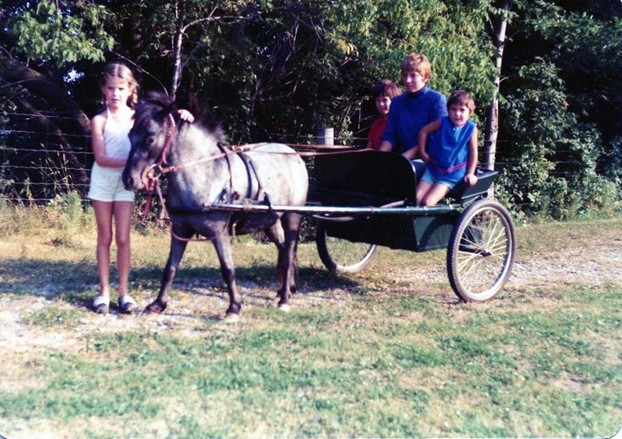
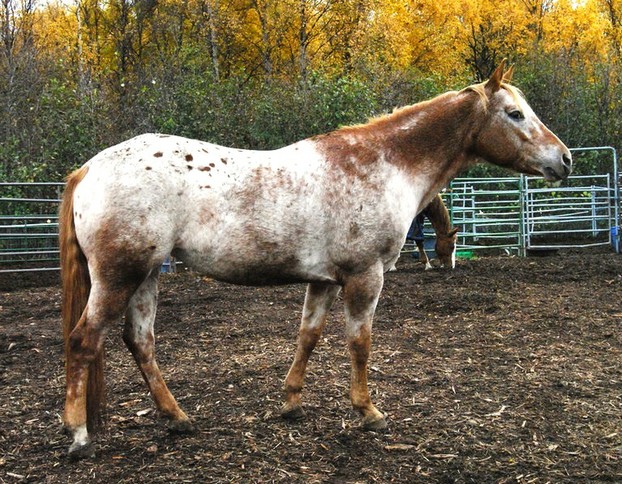
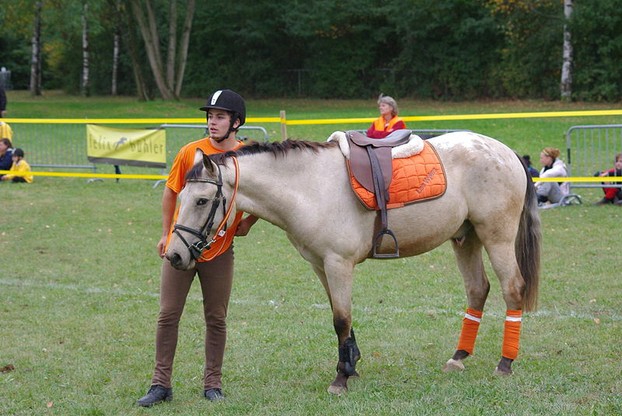




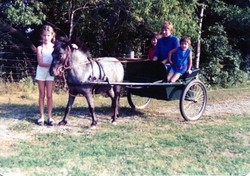

 Versatile Nova Scotia Duck Tolling Retrieverson 08/02/2014
Versatile Nova Scotia Duck Tolling Retrieverson 08/02/2014
 Should You Spay or Neuter Your Puppy?on 08/12/2014
Should You Spay or Neuter Your Puppy?on 08/12/2014
 Horse Racing History: the Preakness Stakeson 05/15/2014
Horse Racing History: the Preakness Stakeson 05/15/2014
 Dinosaurs Will Be On Display in Trenton, Ontario, Canadaon 07/29/2013
Dinosaurs Will Be On Display in Trenton, Ontario, Canadaon 07/29/2013

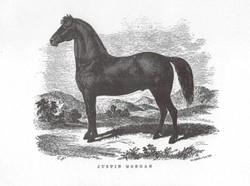
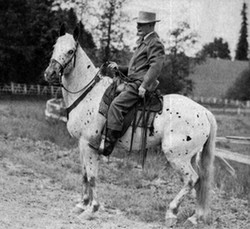
Comments
It is is pronounced ka-NA-ta. There is a town outside of Ottawa with the same name.
Ruth Bessant in her Kanata becomes registered breed article March 2, 1983, for 100 Mile House Free Press – available through Ancestry’s Newspapers.com site -- advises us that “The name Kanata comes from the Iroquois-Huron word for village which some say was the original name for Canada.”
That name and its origins appeal to me.
Is it pronounced KAH-nuh-tuh, like the country name KAH-nuh-duh?
I had not heard of this before.
CPOA info here, where they say "Appaloosa coloured ponies had been bred in Canada prior to this date, but no one had maintained a record of them" — which is not true. http://www.equiworld.com/ssa/canadian...
I was very sad to find there was no Kanata pony registry, we had Kanata pony's years ago. My last one passed away in 1996, I still have her original papers
I still have the original copy of my Kanata pony's papers, she passed away in 1996, when I went on line looking for Kanata pony information I could not find anything
The only CPOA website I could find is at http://www.angelfire.com/ca3/cpoa/his... but the link to Home no longer works.
The website www.canadianpoa.org apparently no longer exists.
My thanks to Hanne Olsen of Ontario, who sent me a photo of a Kanata named Polka Dot. More photos and info would be most welcome!
Hi There, I bought a horse last yea r and I was told it is a Kanata breed. He is 13.5 hh and is grey he certainly looks like a mix of pony and Apaloosa.
I have old show programs from the Kanata Pony Shows.